Our pathology of fear
The collective mental archive of Pakistani nationalism tags a foreign entity as the arch-enemy in a zero-sum battle.
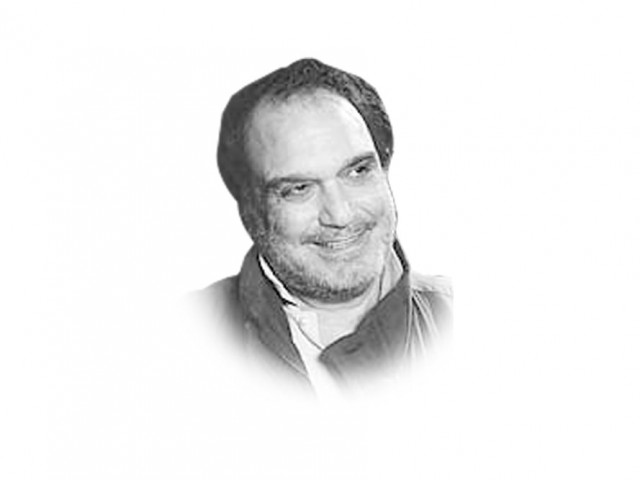
Our pathology of fear
Some Taliban-watchers said the attack could have been ordered by the TTP chief, Hakimullah Mehsud, through Umar Khalid. Reason? Because in April 2012, Qazi Sahib is alleged to have said in an interview: “The Afghan Taliban’s resistance against foreign forces in Afghanistan is true jihad and that of the Pakistani Taliban in Pakistan is un-Islamic”. Hakimullah had first only complained. Later, he issued a more aggressive video CD through Umar Khalid, calling him jihad-farosh (betrayer of jihad).
The suicide attack could still be a shot across the bow. Qazi Sahib is a respected non-clerical leader of a cleric-dominated party. He lifted his party to a high point of power and influence during the jihad against the Soviet Union. In tandem with Afghan commander Hekmatyar, he literally dictated policy in Islamabad.
But the warrior-base on which he built his power was not loyal to him and acted just like Hakimullah.
Pakistan’s ex-foreign secretary, Riaz Muhammad Khan, in his book Afghanistan and Pakistan: Conflict, Extremism and Resistance to Modernity (OUP 2011) relates how the Mujahideen fighting the Soviet Union let Qazi Sahib down when former prime minister Nawaz Sharif requested Qazi Sahib, in 1992, to get Hekmatyar and Co. to agree to an agreed mixed interim government in Kabul:
“It was arranged for Qazi Hussain Ahmed to meet the Tanzeemat leadership. After meeting for several hours, Qazi Sahib was exceedingly upset with the Jamiat and Hizb leaders and said, ‘There was a time when these people had turned up at my doorstep in tatters. Today they refuse to listen to me’ (p.44)”.
Qazi Sahib refuses to name his attackers. He rather blames those “working for America”. This, of course, gibes with the line adopted by PPP Interior Minister Rehman Malik, who often hints at the “foreign hand”. The nation is waiting for a new ‘post-American’ order on the basis of a deliberate misdiagnosis.
The pathology of fear was obvious when ANP leader Ghulam Ahmad Bilour swore to kill an American maker of a blasphemous video, openly asking the Taliban for exemption from targeted killing in return for this indictment of the “real enemy”. The act of siding with the tormentor has two hidden aspects: 1) exemption from pain and 2) self-empowerment against peers.
Self-empowerment was clearly in evidence in the statement of the Awami Tehreek, leader Ayaz Palijo, when he came on television and diagnosed the disorder of Sindh and Karachi as the mischief of America, India and Israel, in collusion with the MQM and the PPP, the last two having pledged support to the creation of a ‘new Israel’ in Karachi.
In Balochistan, too, it is India backed by the US and Israel that is killing the Hazara, even though the Hazara are very clear about who is killing them — and it is not America. It is also India, the US and Israel slaughtering Punjabi schoolteachers, kidnapping doctors and murdering journalists.
The collective mental archive of Pakistani nationalism has always tagged India as the arch-enemy in a zero-sum battle with Pakistan. The US and Israel are the new ingredients in this national prescription. The problem is that no one in the world agrees with it. Last time it happened, in 1971, we lost East Pakistan. There are no exceptions to this paranoid consensus. The chemistry of surrender is at work and the only smell striking the nostrils is that of fear.
Published in The Express Tribune, November 25th, 2012.


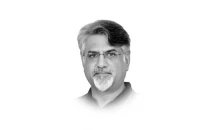
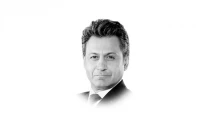
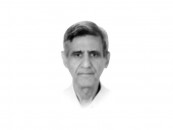
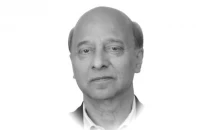
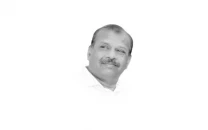


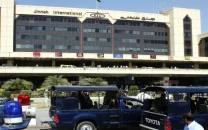
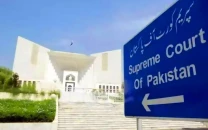

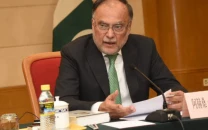
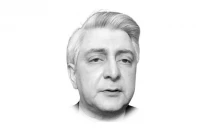
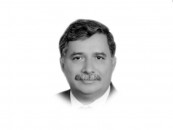
COMMENTS
Comments are moderated and generally will be posted if they are on-topic and not abusive.
For more information, please see our Comments FAQ